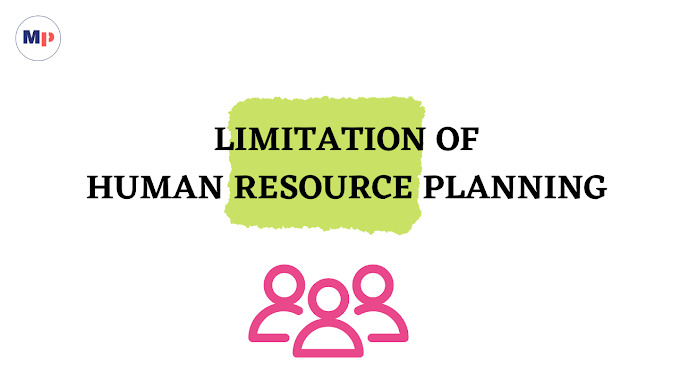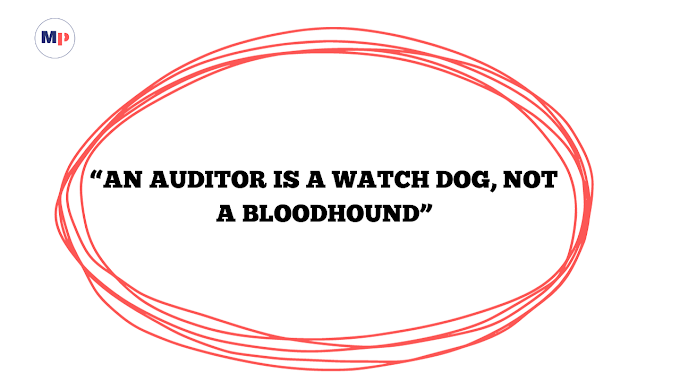Introduction
- Conducting business today is highly challenging as it involves forecasting, planning, organizing, instructing, coordinating and controlling.
- Success in business basically depends upon the skills in communication.
Meaning of Communication
Communication has been derived from the Latin word ‘Communis’ which means ‘Common’. In its application, it means a common ground of understanding.
Communication is a process involving the sorting, selecting, and sending of symbols in such a way as to help the listener perceive and recreate in his own mind the meaning contained in the mind of the communicator.
Definitions
“Communication is an exchange of facts, ideas, opinions, or emotions by two or more persons”.
W.H. Newman and C.F. Summer-
“Communication is the transmission and interchange of facts, ideas, feelings, or course of action”.
Leland Brown –
“Communication is the process of meaningful interaction among human being. It is a process by which, meanings are perceived and understandings are reached among human beings .”
McFarland-
Elements/Process of Communication
The communication process is concerned with sharing and understanding of information. It consists of a whole series of related actions and reactions which together results in the sharing of meaning. The main elements of communication can be explained as follows:
(1) Sender: The communication process starts with the sender, the person or group who wants to transmit the message to another person or group. The sender must have a clear picture in his mind of what he wants to communicate. The sender must identify, analyze and arrange the ideas before transmitting them to the receiver.
(2) Message: A message means what is being communicated. It is the subject matter of communication. It may involve any fact, idea, opinion, figure, attitude, or course of action including information. It exists in the mind of the communicator.
(3) Encoding: The process of conversion of subject matter into symbols, signs, words, actions, pictures, etc. is called encoding. The sender put his ideas or facts into words, symbols, or pictures which the other person can understand. For a proper understanding, it is necessary to use a formal language or set of codes. Words and symbols should be selected carefully keeping in mind the purpose of communication and the need of the receiver.
(4) Communication Channel: Communication Channel means the medium through which the message passes. The sender has to choose the channel through which the message is to travel from the sender to the receiver. A message can be conveyed by telephone, computer, letter, memo, report, face-to-face exchange, or another medium.
(5) Receiver: The person or group to whom the message is directed is known as the receiver. The communication process is not completed without the existence of a receiver of the message. The receiver receives the message and tries to interpret, perceive, understand and act upon it.
(6) Decoding: Decoding is a process under which the receiver translates the words and symbols used in the message into the idea and interprets it to obtain its meaning. If the receiver is familiar with the codes used and his perception is good, he will derive the same meaning as meant by the sender. The message should be accurately reproduced in the receiver's mind.
(7) Feedback: After receiving the message, the receiver sends back his response to the sender. This is called feedback. Feedback is the key element in communication as it is the only way of judging the effectiveness of the message. It enables the sender to know whether his message has been properly understood or not.





